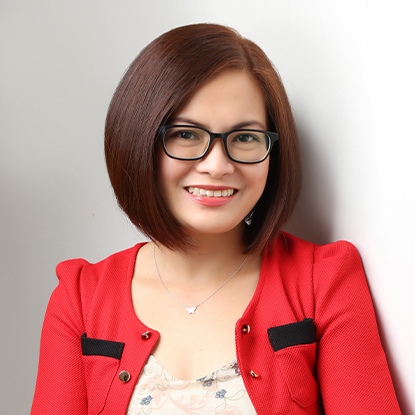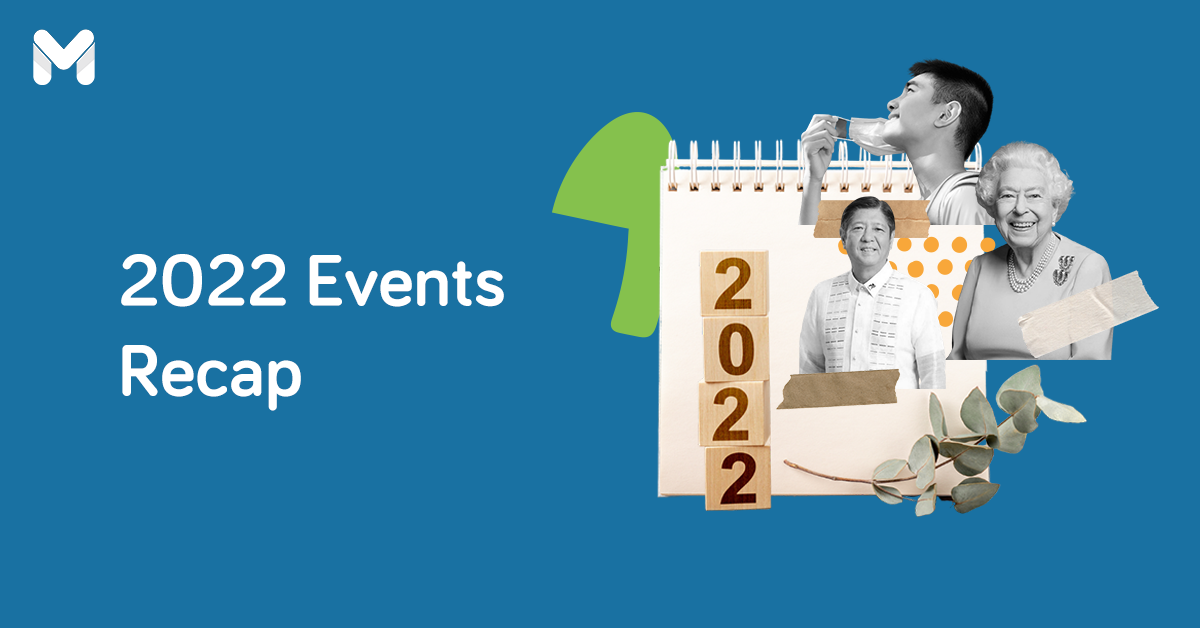When talking about income inequality in the Philippines, the discussion typically focuses on the poor vs. rich divide. But with the recent economic challenges that the country has faced, it has shifted to the poor vs. middle class.
Low-income families are prioritized when it comes to receiving government help like relief goods and cash aid, especially during the recent pandemic. On the other hand, middle-class households hardly receive government assistance.
This raises the question: Who should the government help more, the poor or the middle class? Before we get to that, it's important to understand first the different social classes in the Philippines.
What is the Meaning of Social Class?
Sociologists define social class as a group of people with similar socioeconomic class or status in the Philippines—meaning, their standing within society based on their level of income, education, and occupation. Social status in the Philippines ranges from low to high and often reveals inequalities in terms of power, influence, and access to resources.
3 Social Classes in the Philippines: Low, Middle, and High Income
-Apr-12-2023-10-40-53-5351-AM.png?width=674&height=449&name=Pics%20for%20blog%20-%20600x400%20(11)-Apr-12-2023-10-40-53-5351-AM.png)
There are three primary social classes in the Philippines: the low-income class, the middle-income class, and the high-income class. However, the poor are ranked below the low-income class. The latter is in between the poor and the middle class—they're not middle class but not considered poor, either.
For policy-making and public service purposes, the Philippine government looks at the per capita income (in relation to the poverty threshold) to classify the income level of its citizens and assess their standard of living.
The current average estimated poverty threshold in the Philippines is ₱12,082,[1] which is the minimum amount a family of five needs in a month to buy their basic food and non-food items. If your family income is higher than the poverty threshold, the government doesn't consider you poor.
As of 2020, data from the Philippine Statistics Office[2] shows that 43.5% of the total population belongs to the middle class, 38.4% to the low-income class, and 16.7% to the poorest of the poor. Only the remaining 1.4% falls under the high-income class.
The Philippine Institute for Development Studies (PIDS), the government's socio-economic policy think tank, notes that the low-income and poor classes have a bigger share of the population because they tend to have larger families than other social classes.
👉 Types of Social Classes in the Philippines
Wondering what social class in the Philippines you belong to? Your guess might not match the government's definition of social classes.
| Income Cluster | Per Capita Income | Monthly Income (for a family of 5) |
|---|---|---|
| Poor | Less than the official poverty threshold | Less than ₱12,082 |
| Low-income class (but not poor) | Between the poverty line and twice the poverty line | Between ₱12,082 and ₱24,164 |
| Lower middle-income class | Between two and four times the poverty line | Between ₱24,164 and ₱48,328 |
| Middle middle-income class | Between four and seven times the poverty line | Between ₱48,328 and ₱84,574 |
| Upper middle-income class | Between seven and 12 times the poverty line | Between ₱84,574 and ₱144,984 |
| Upper-income class (but not rich) | Between 12 and 20 times the poverty line | Between ₱144,984 and ₱241,640 |
| Rich | At least 20 times the poverty line | ₱241,640 and above |
Note: Data from the Philippine Statistics Authority. To provide updated and accurate information that better reflects the present situation, the income computation is based on the current poverty threshold.
Read more:
- 5 Ways Minimum Wage Earners Can Save
- Tired of Living Paycheck to Paycheck? Live Within Your Means with These Tips
- Living in Manila with P15,000 Income
👉 Who Exactly is the Middle Class?
-Apr-12-2023-10-34-41-9689-AM.png?width=674&height=449&name=Pics%20for%20blog%20-%20600x400%20(9)-Apr-12-2023-10-34-41-9689-AM.png)
The poor, lower-income, and higher-income classes are easy to identify. But classifying the middle-income class is a bit trickier.
The government defines the middle class as those earning incomes between two to 12 times the poverty line. This means if your family income is between around ₱24,000 and ₱145,000, you fall in the middle-income class.
A 2018 PIDS study[3] provides deeper insights into the middle class in the Philippines. Here are some important and interesting facts to know about the social structure in the Philippines, specifically the country's middle class vis-à-vis their poor and low-income counterparts:
- Middle-income households have significantly greater access to education, health, and other services (not necessarily from the government).
- They have higher educational attainment, which is why more of them have better-quality jobs.
- Middle-class families spend more on their children's education, sending them to private schools and getting them tutoring services.
- Their families are smaller with fewer children.
- Most of them live in urban areas, especially in Metro Manila and nearby areas.
- Three in every four middle-income households live in a space that they own, while 23% rent. A small percentage (3%) of the middle class live in the slums, but they make up a large chunk of informal settlers in the country (42%). This is attributed to the lack of affordable housing in the cities.
- Middle-class workers have stable jobs (mostly salaried) in wholesale and retail trade, transportation, communication, and government sectors. These include sari-sari store owners, tricycle and jeep drivers, bus conductors, call center agents, public school teachers, clerks, private-sector employees, and government workers.
- In Metro Manila and other traffic-congested cities, most cars are owned by the middle class.
- Middle-class households are less dependent on the government, shifting away from using public services and leaning towards private ones. This is especially true in the case of transportation, healthcare, and education.
Which Social Class Must the Government Help?

During difficult times, the differences between social classes become glaringly apparent—and there's no better example than the recent pandemic. To support the poorest of the poor, the government allocated ₱200 billion for the social amelioration program to help 18 million low-income households during the enhanced community quarantine.
On social media, Filipinos engaged in heated debates about which social class deserves to receive more government assistance during a crisis. Is it the poor who have nothing, or the hardworking, tax-paying middle class? The issue sparked appeals for the expansion of the social amelioration program's coverage to include the middle class.
To the government's credit, it responded to the middle class' calls for assistance with the Small Business Wage Subsidy Program.[4] It benefitted 3.4 million middle-class workers of micro, small, and medium enterprises during the height of the pandemic. Other government assistance programs, such as the SSS unemployment benefit, also covered the middle class.
Related reading: Laid Off? Here’s How to Compute Separation Pay in the Philippines
👉 Why the Poor Need More Help
-Apr-12-2023-10-39-02-8983-AM.png?width=674&height=449&name=Pics%20for%20blog%20-%20600x400%20(10)-Apr-12-2023-10-39-02-8983-AM.png)
Some middle-class people assert that the poor don't deserve government assistance because they don't work hard and just rely on government dole-outs.
However, according to Jose Ramon Albert, senior research fellow at the PIDS, what people fail to realize is that when the economy is down due to the crisis, it's the poor who suffer the most. "[They're] much more affected, so they need more help than us,” he said in an interview with ABS-CBN News.[5]
Considering the government's limited funds, prioritizing them for government assistance makes a lot of sense. The PIDS study also notes that if the government shifts public resources away from the poor toward the middle class, this would impede inclusive growth in the country, make it harder for the poor to reach middle-class status, and worsen the current socio-economic divide.
Today, as the country gets back on its feet after the pandemic, the poor have yet to fully recover. They're still dealing with unemployment and health issues brought about by the pandemic—and higher food and utility prices due to inflation.
While everyone is affected by inflation in one way or another, vulnerable groups—the poor, low-income class, and lower middle class—have it worse. They're at a higher risk of losing their livelihood. They deserve support not just from the government but also from the upper class in the Philippines who are in a position to help others.
Final Thoughts
The National Economic and Development Authority (NEDA) Ambisyon NATIN 2040 proposes that expanding the Filipino middle class is key to achieving Philippine development goals. The goal is for the poor and low-income to become middle-income and enjoy a better quality of life.[6]
To reduce inequality among social classes in the Philippines, the World Bank reports that the country should focus on healing the pandemic’s scars, setting the stage for a vibrant and inclusive recovery, and promoting greater equality of opportunity.[7] This entails strengthening social assistance; reskilling workers; improving access to quality health care, education, and housing; and more.
Sources:
- [1] Proportion of Poor Filipinos Registered at 23.7 Percent in the First Semester of 2021 (PSA, 2021)
- [2] Middle-class morality (Business World, 2022)
- [3] "Defining and profiling the middle class" (PIDS Policy Notes, 2018)
- [4] "DOF to implement wage subsidy program for 3.4-M workers of small businesses" (Department of Finance, 2020)
- [5] "Should middle class seethe over gov’t aid for poor during COVID-19 crisis?" (ABS-CBN News, 2020)
- [6] Social differences and the middle class (BusinessWorld, 2022)
- [7] PHILIPPINES: Reducing Inequality Key to Becoming a Middle-Class Society Free of Poverty (World Bank, 2022)










